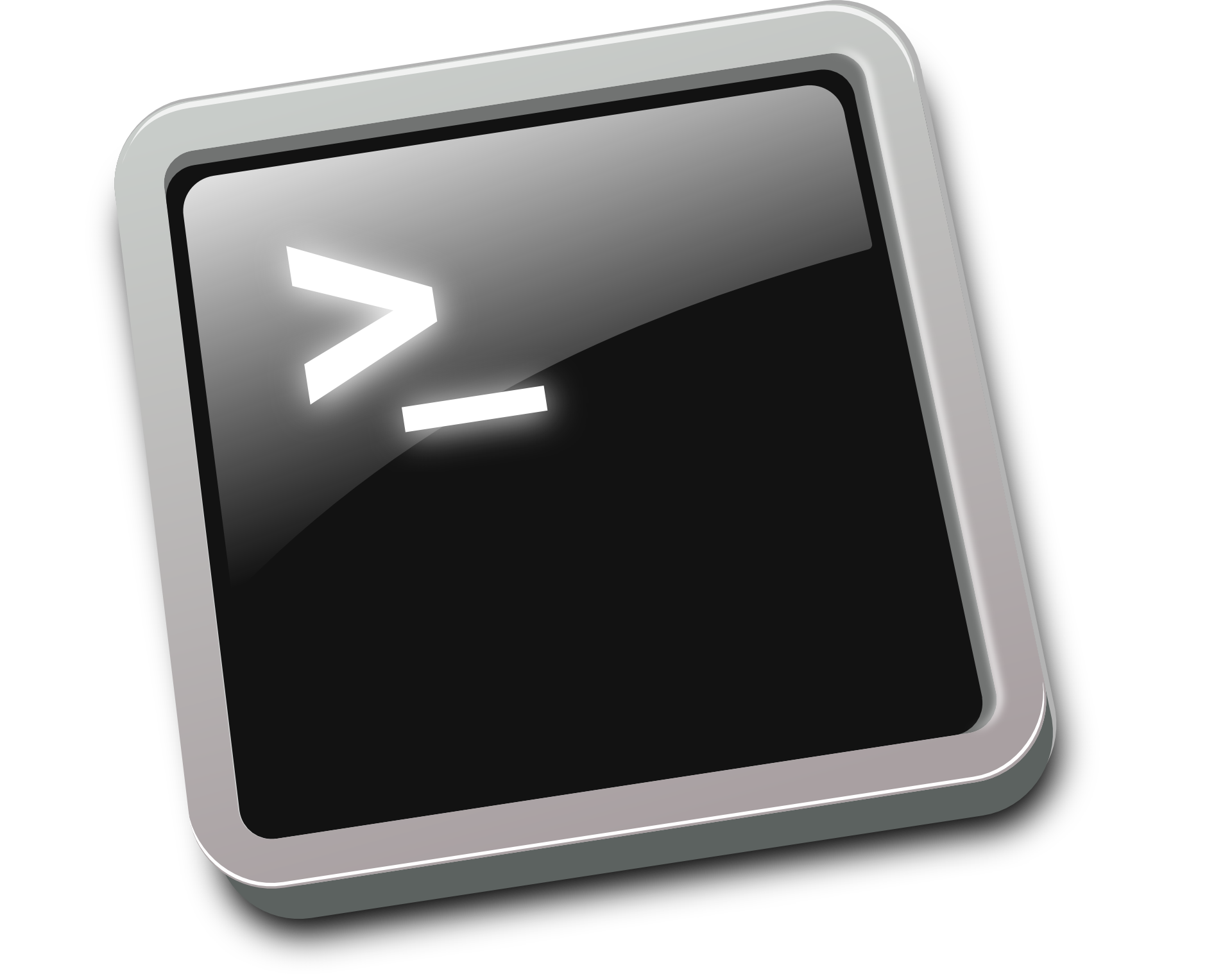The lscpu command is a helpful utility for displaying information about the CPU (Central Processing Unit) on a Linux system. This command can be used to obtain detailed information about the CPU, including the number of CPU cores, the CPU type, the CPU speed, and the type of CPU architecture.
To use the lscpu command, open a terminal window and type lscpu followed by any additional options you want to use. The basic syntax for the lscpu command is as follows:
lscpu [options]Code language: CSS (css)
One of the most useful options for the lscpu command is the -p option, which specifies that the output should be formatted as a parsable, delimited list. This can be useful if you want to use the output of the lscpu command in a script or other program. The -p option can be used as follows:
lscpu -p
The lscpu command also has several other options that can be used to obtain specific pieces of information about the CPU. For example, the -e option can display information about the CPU’s cache. The -e option can be used as follows:
lscpu -e
The lscpu command also has an -x option, which can display extended information about the CPU. This option displays a wide range of information about the CPU, including the CPU’s model name, the CPU’s microarchitecture, and the CPU’s flags. The -x option can be used as follows:
lscpu -x
In addition to the options mentioned above, the lscpu command has many other options that can be used to obtain specific pieces of information about the CPU. For a complete list of options and more detailed information about using the lscpu command, you can type man lscpu at the command prompt to view the lscpu man page.
In summary, the lscpu command is a useful utility for obtaining detailed information about the CPU on a Linux system. By using the various options available with the lscpu command, you can obtain specific information about the CPU, including the number of CPU cores, the type of CPU, the speed of the CPU, and the type of CPU architecture.
This article is part of the Linux basics series, more articles will be coming soon.

